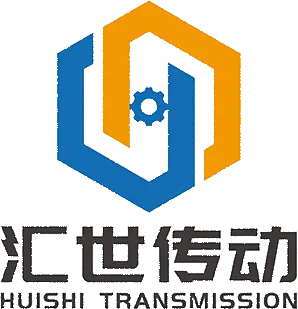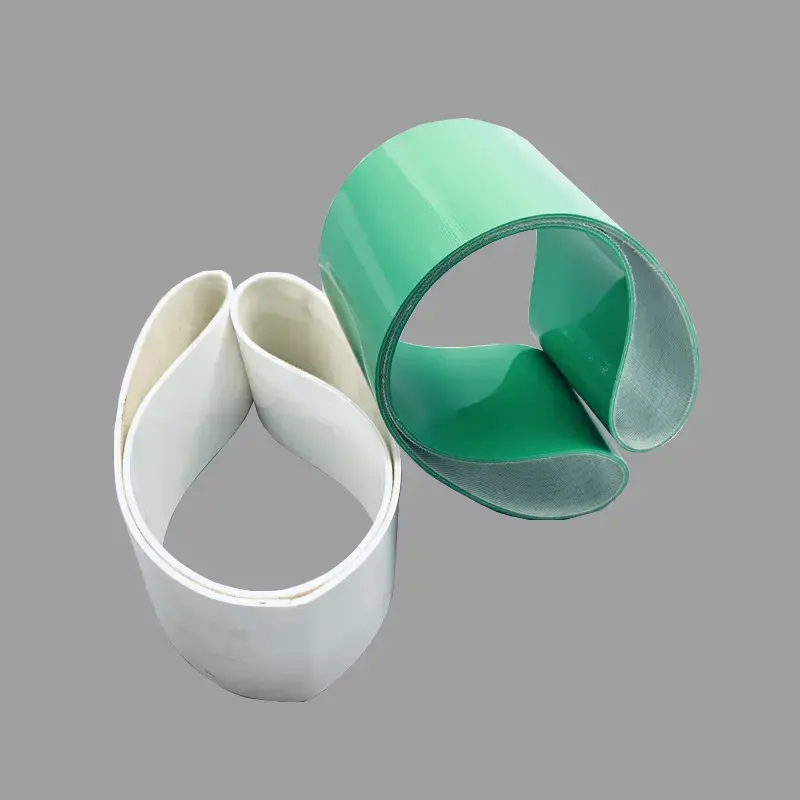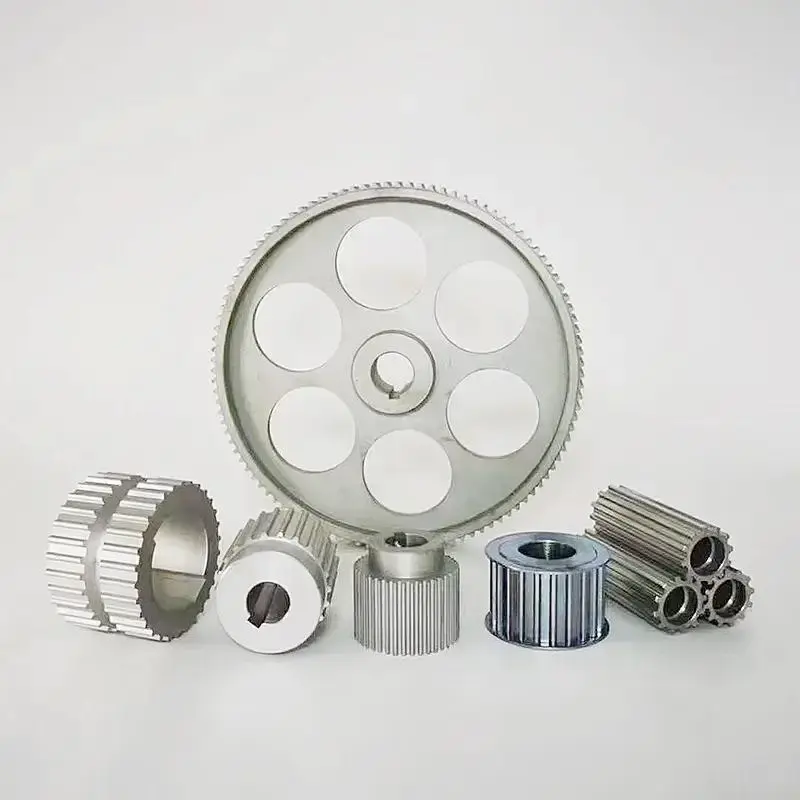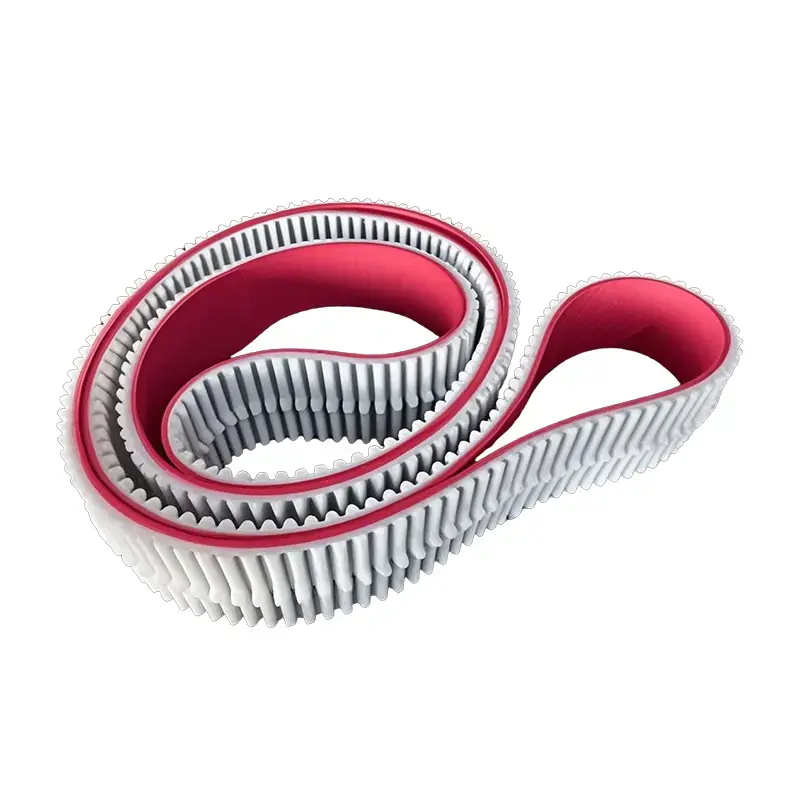 +86-19862000127
+86-19862000127 Changing the Serpentine Belt – A Crucial Step in Vehicle Maintenance
Routine vehicle maintenance is essential to keeping your car running efficiently, and one of the most important components to monitor is the serpentine belt. The process of changing the serpentine belt is a key task that can prevent costly engine damage and unexpected breakdowns. This simple yet critical maintenance step ensures that multiple vital engine components continue functioning properly.
The serpentine belt, also known as the drive belt, powers several major accessories in your car's engine, including the alternator, power steering pump, air conditioning compressor, and sometimes the water pump. Over time, due to heat, tension, and regular use, the belt can wear down, crack, fray, or lose tension, all of which can lead to part failure or complete engine shutdown.
Changing the serpentine belt at the recommended service intervals—typically every 60,000 to 100,000 miles depending on the vehicle—helps ensure reliable performance. Signs that your serpentine belt may need replacing include squealing noises, visible cracks, power steering loss, or battery warning lights.
Fortunately, changing the serpentine belt is a relatively quick and affordable procedure for most vehicles. DIY enthusiasts can often complete the task with basic tools and a new belt, while professional service centers offer fast replacement services to minimize vehicle downtime.
Automotive parts retailers and service providers should take note of the growing interest in preventative vehicle maintenance. Highlighting the importance of changing the serpentine belt in blogs, product listings, or service descriptions can boost SEO rankings and attract traffic from car owners actively seeking advice or solutions.
In summary, changing the serpentine belt is a preventative step that safeguards engine health and overall vehicle performance. Educating consumers on the importance of timely replacement helps build trust and promotes long-term maintenance habits that benefit both drivers and service providers.














